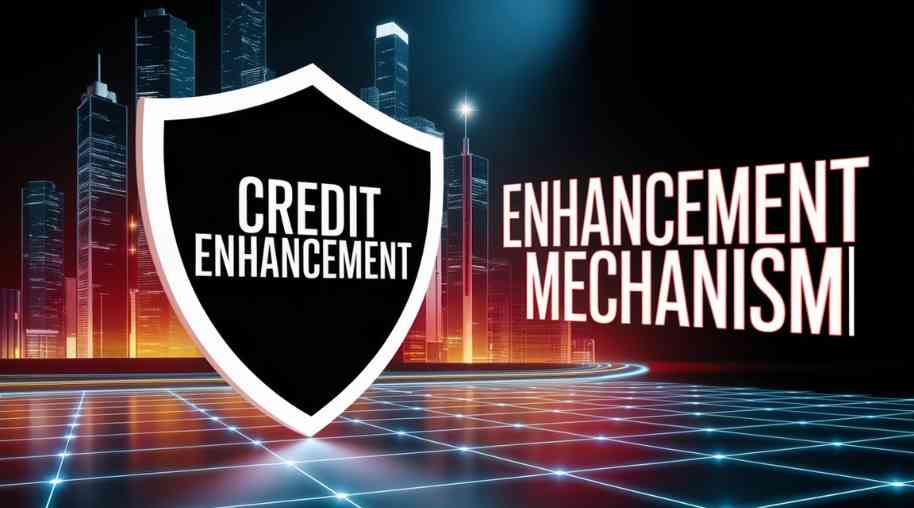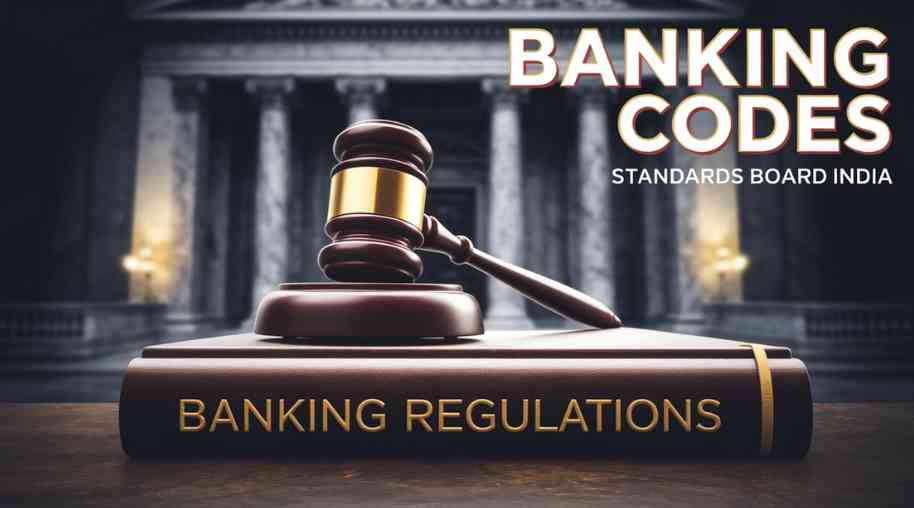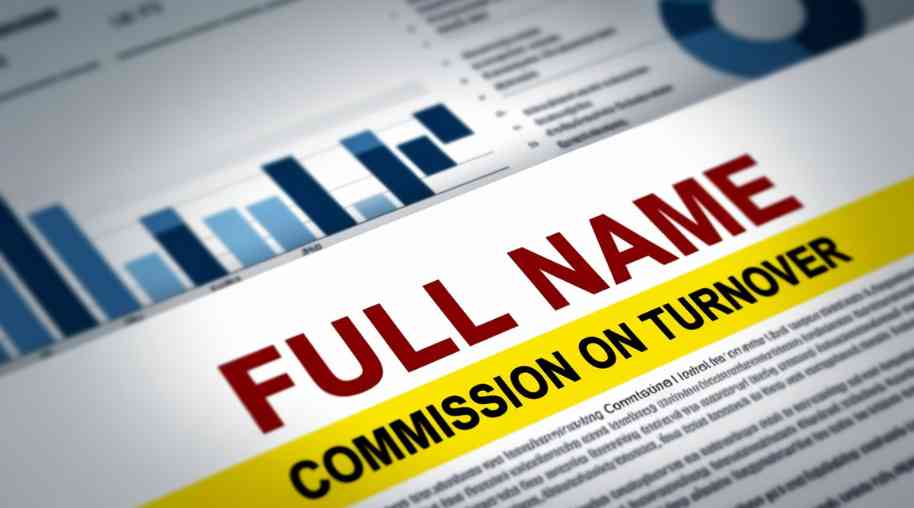CEMA Full Form-Credit Enhancement Mechanism Agreement
by Shashi Gaherwar
0 2149
Credit Enhancement Mechanism Agreement: A Strategic Tool for Strengthening Creditworthiness
In the world of finance, securing support and mitigating risk are vital for businesses, investors, and financial institutions. The Credit Enhancement Mechanism Agreement (CEMA) is a key strategy to reduce credit risk and enhance the appeal of debt instruments. By boosting the credit rating of debt, CEMAs enable borrowers to access capital at lower costs, improving their financial stability.

This article explores the Credit Enhancement Mechanism Agreement, its types, mechanisms, benefits, and role in the financial world. We will also examine the parties involved and real-life applications across industries.
What is a Credit Enhancement Mechanism Agreement?
A Credit Enhancement Mechanism Agreement (CEMA) is a financial contract aimed at improving a borrower’s or issuer’s credit profile. It reduces credit risk associated with debt financing, enabling borrowers to secure funding and offer attractive, investment-grade bonds to investors.
A CEMA adds security or collateral to loans or bond issuances, enhancing the likelihood of repayment. It is particularly useful when a borrower’s creditworthiness is insufficient for favorable market terms, commonly in corporate finance and debt capital markets.
How Does a Credit Enhancement Mechanism Agreement Work?
A CEMA provides guarantees, collateral, or support to improve a borrower’s credit rating, making debt more appealing to investors. Common forms of credit enhancement include:
- Collateralization: Borrowers pledge assets like real estate or equipment as collateral, ensuring repayment if they default.
- Third-Party Guarantees: A financially strong third party, such as a parent company, guarantees repayment, reducing lender risk.
- Letter of Credit (LC): A financial institution issues a document guaranteeing payment in case of default, enhancing creditworthiness.
- Overcollateralization: Borrowers pledge excess assets to provide additional protection for lenders.
- Subordination: Senior creditors receive priority in repayment, improving the credit profile of their debt.
- Credit Default Swaps (CDS): Financial derivatives compensate investors if a borrower defaults, boosting debt quality.
Types of Credit Enhancement Mechanisms
Credit enhancement mechanisms are divided into two main types:
- Internal Credit Enhancement: Borrowers improve creditworthiness through measures like overcollateralization or cash reserves, which are cost-effective as they avoid third-party involvement.
- External Credit Enhancement: Third parties, such as insurers or banks, provide guarantees or collateral, like letters of credit, though these involve higher costs.
Benefits of a Credit Enhancement Mechanism Agreement
A CEMA offers significant advantages for borrowers and investors, strengthening the financial ecosystem:
- Reduced Risk for Investors: Enhanced credit profiles lower investment risk, increasing demand and market liquidity.
- Lower Borrowing Costs: Improved creditworthiness allows borrowers to secure financing at lower interest rates.
- Access to Capital: CEMAs enable borrowers with weaker credit profiles to access otherwise unavailable funding.
- Improved Credit Ratings: Higher ratings facilitate better future financing terms, supporting expansion.
- Increased Investor Confidence: Protective measures boost investor trust, fostering a stable financial market.
Challenges of Credit Enhancement Mechanisms
Despite their benefits, CEMAs face challenges, including high costs for external enhancements, which can reduce borrower profits. They may not eliminate all risks if a borrower’s financial condition worsens, and availability may be limited based on debt size or third-party willingness.
The Credit Enhancement Mechanism Agreement (CEMA) is a vital tool in corporate finance, enabling borrowers to improve creditworthiness and access affordable capital. By reducing credit risk through collateral, guarantees, and other mechanisms, CEMAs foster a stable financial market, benefiting borrowers and investors.
While costs and challenges exist, the advantages of CEMAs often outweigh drawbacks, particularly for companies needing financing despite weaker credit profiles. In the right context, CEMAs drive business growth, mitigate risk, and enhance the health of the financial system.
Further Learning Resources
If you’re passionate about building a successful blogging website, check out this helpful guide at Coding Tag – How to Start a Successful Blog. It offers practical steps and expert tips to kickstart your blogging journey!
For dedicated UPSC exam preparation, we highly recommend visiting www.iasmania.com. It offers well-structured resources, current affairs, and subject-wise notes tailored specifically for aspirants. Start your journey today!

Share:








Comments
Waiting for your comments